The 4 Key Components of Interior Design: Comfort, Family, Flexibility, and Storage
Interior design can seem intimidating, especially if you're not a seasoned expert. However, the truth is, many people in the industry use a simple set of concepts to navigate their projects. These informal creative rules help them develop their skills and finesse their artistic decisions.
So, whether you're a novice or a professional looking to get back to the roots of design, here are the four components of interior design you need to know:
Comfort

It's a common misconception that contemporary interior design means sharp edges, hard surfaces, and a commitment to style over substance. Interior design is all about feeling at home - even if it's not your own home - and having a sense of belonging. At its core, interior design is about connecting with a space, and you certainly can't do that if you're not comfortable.


📷 Aubrey
Comfort doesn't mean always being ready to take a nap, it means that you are relaxed and can fully appreciate the space you're in. There's also a deeper level of comfort aligning with the purpose of the space you're in - for example, your bedroom, lounge area, and balcony are all where you want to unwind. Comfort should therefore be channeled through everything in those spaces, from the furniture and textures to the lighting, color scheme, and placement. Remember, comfort is about function before fashion (although the two aren't mutually exclusive).
Family

This isn't referring to your actual relatives, it's about relating and grouping items together to establish a clear theme or likeness in your home. Consistency matters in interior design, and some of the most striking aesthetics are the ones that follow a trend (such as curves, pastels or floral). Even mismatched or contrasting designs can have a family resemblance if done right.

📷 Erika


You don't need to plan exact replicas of each room but you should hone in on something that extends throughout the space - this could be a material, a pattern, or even a feeling. Once you've narrowed that down (it doesn't have to be just one thing), try to pair items, mirror layouts, and pay attention to details that pull an entire space together. Such subtlety is what separates good interior design from great interior design.
Flexibility
Fashions are always changing and what's in season now, will probably be old news in a few months. In interior design, where renovations can be expensive, the quick turnover of trends can be problematic. Flexible design allows you to alter, update, and put a new twist on your existing style. It equally promotes repurposing, reusing, and recycling so can be considered a sustainable form of design.
What flexibility does is emphasize the transformation of spaces. Things like hidden closets, fold-away desks, sofa beds, and collapsable tables provide an a la carte option to remove, contribute, and change how a room looks. Particularly in smaller spaces, flexibility allows you to play with the perception of a room without having to make permanent modifications.
Storage

Similar to comfort, storage is functional and a key part of interior design. The average American household has 300,000 items, and all those bits need to be stored somewhere. As urban living has become more popular and people are more limited with their space, storage is what converts cramped into cozy.

Modern design can provide impressive storage space without compromising the overall sense or look of a room. Storage can also be part of the design itself, adding personality to a space through structures like bookcases, shoe racks, and clothing rails. Not to mention, it makes more open pathways in your home, creating a flow and a journey through a space that otherwise would be blocked. Storage is a main principle in Feng Shui, which promotes positive wellbeing by interlocking living spaces with the natural world.
Balancing the elements
Keeping on top of new interior design movements is overwhelming, but take comfort knowing that some of the best designers stick to these basics and have the most exciting results.
Like learning any new skill, you first need to establish a foundation to build on and then begin experimenting. Balancing the elements of interior design is an art in itself, and once you've familiarized yourself with these four building blocks, you'll quickly discover that your creative juices will naturally flow. If you want to start practicing your interior design skills and/or just play with your creativity, try out the DecorMatters app today!
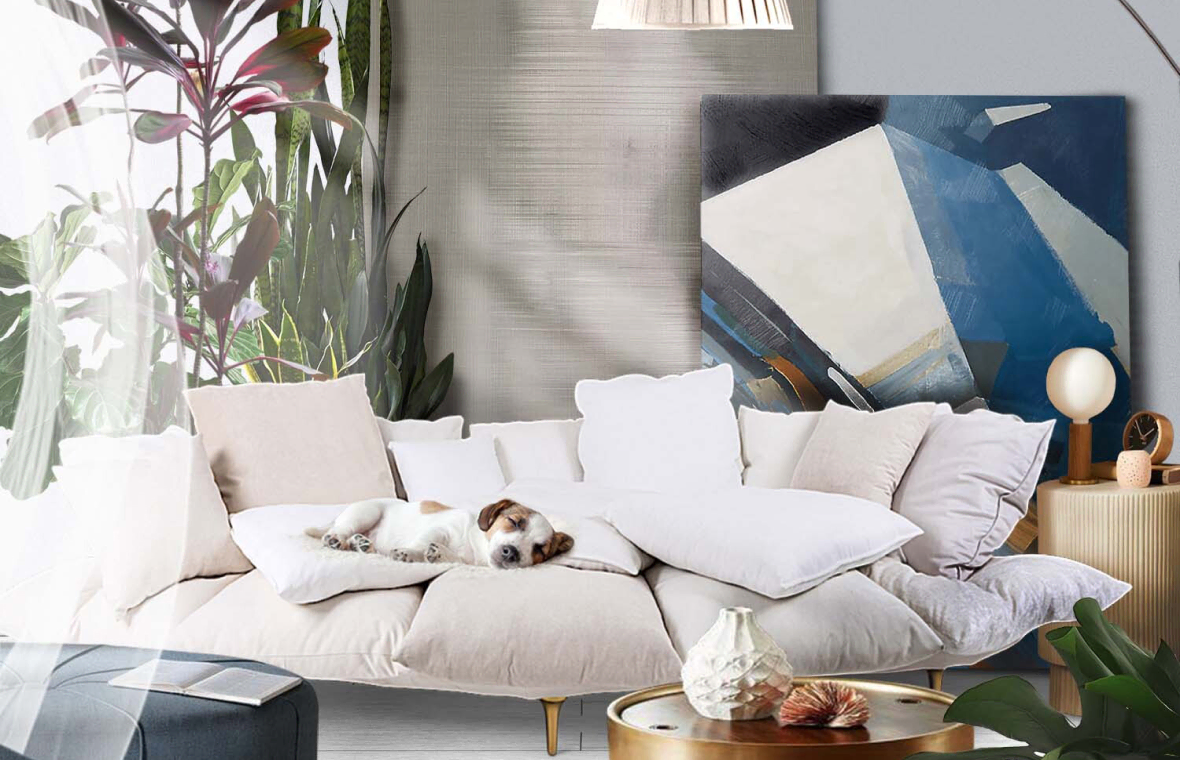
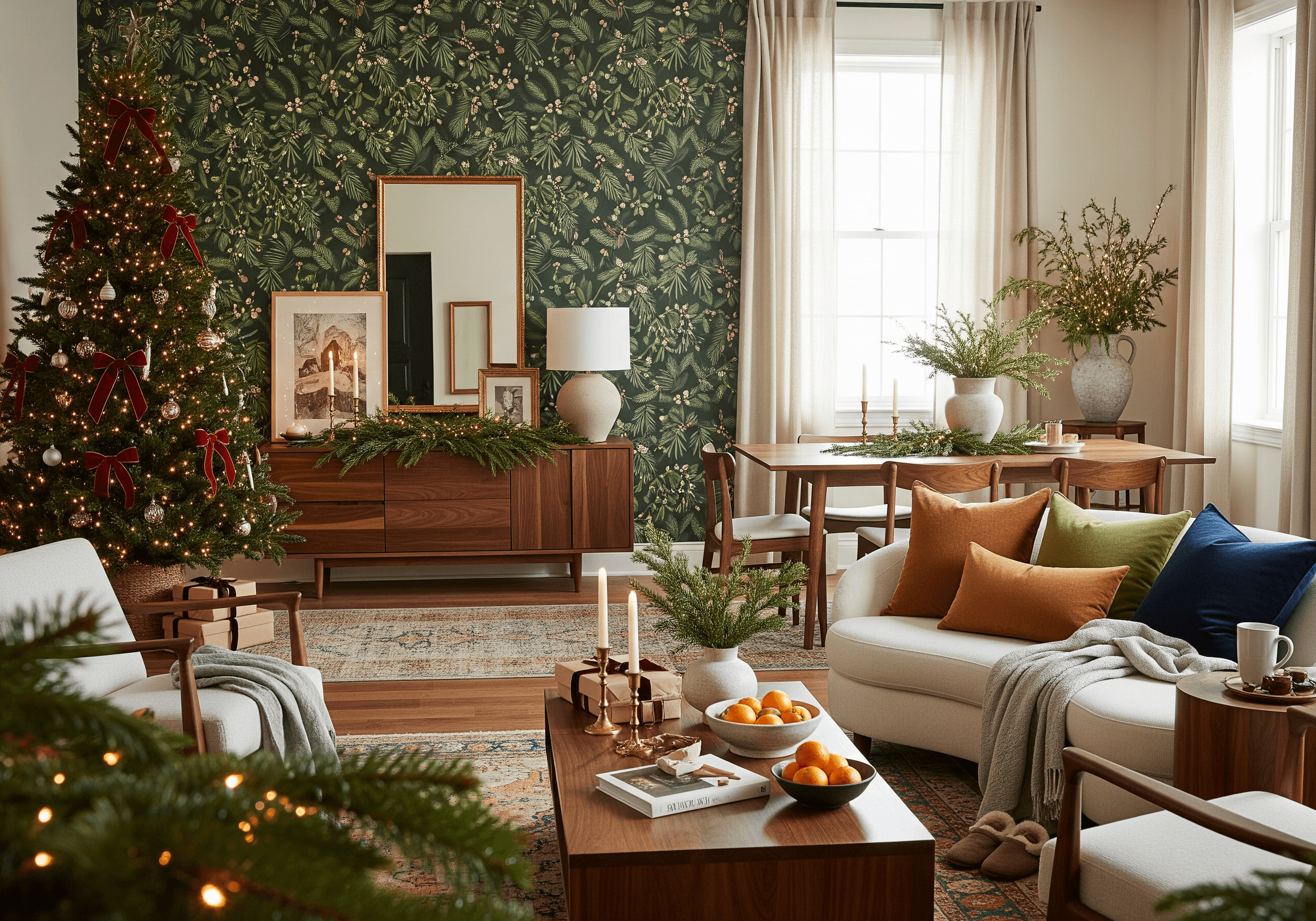
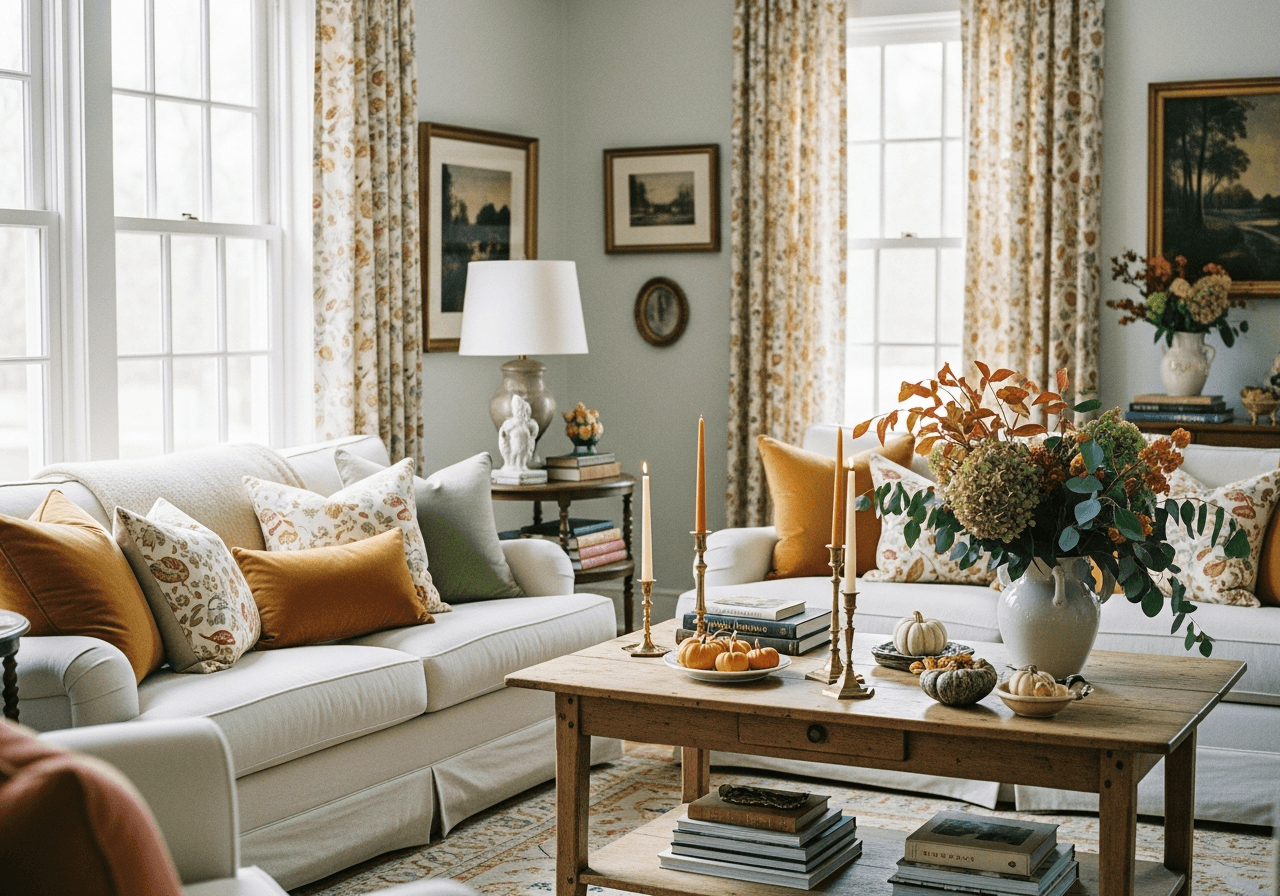
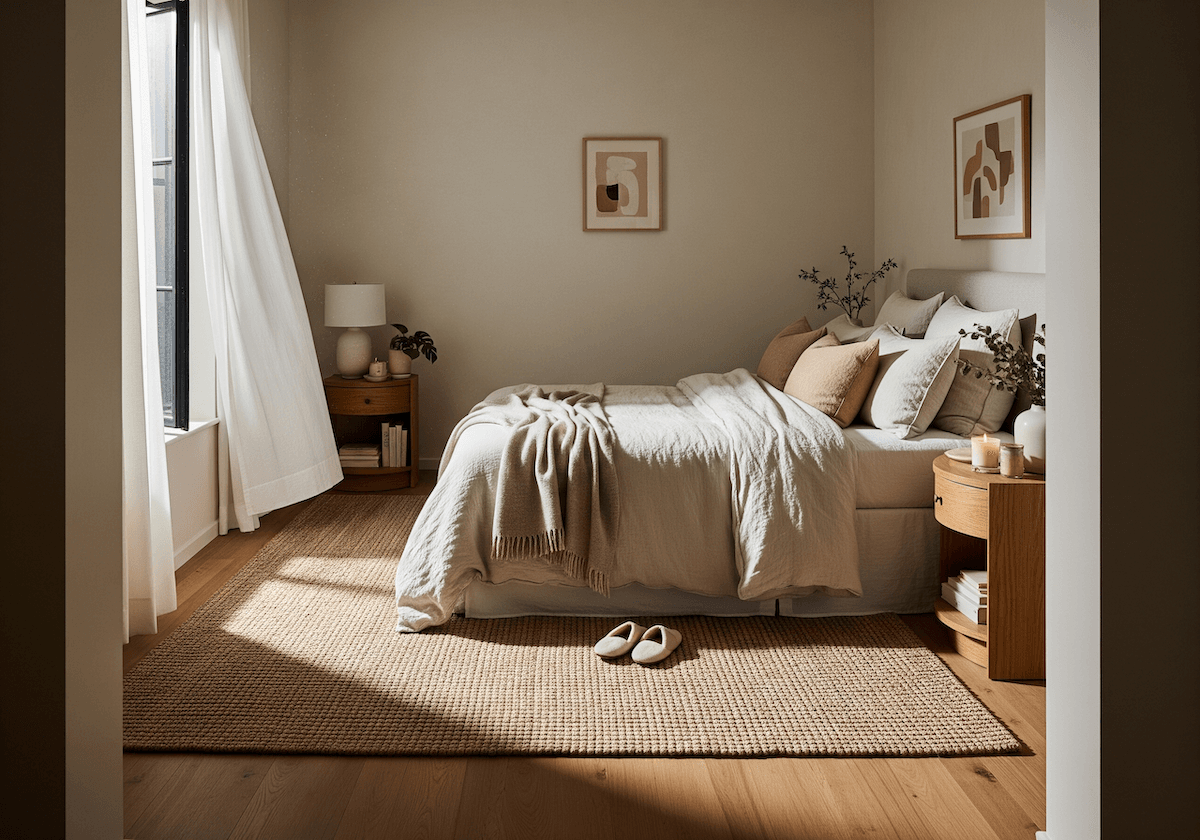

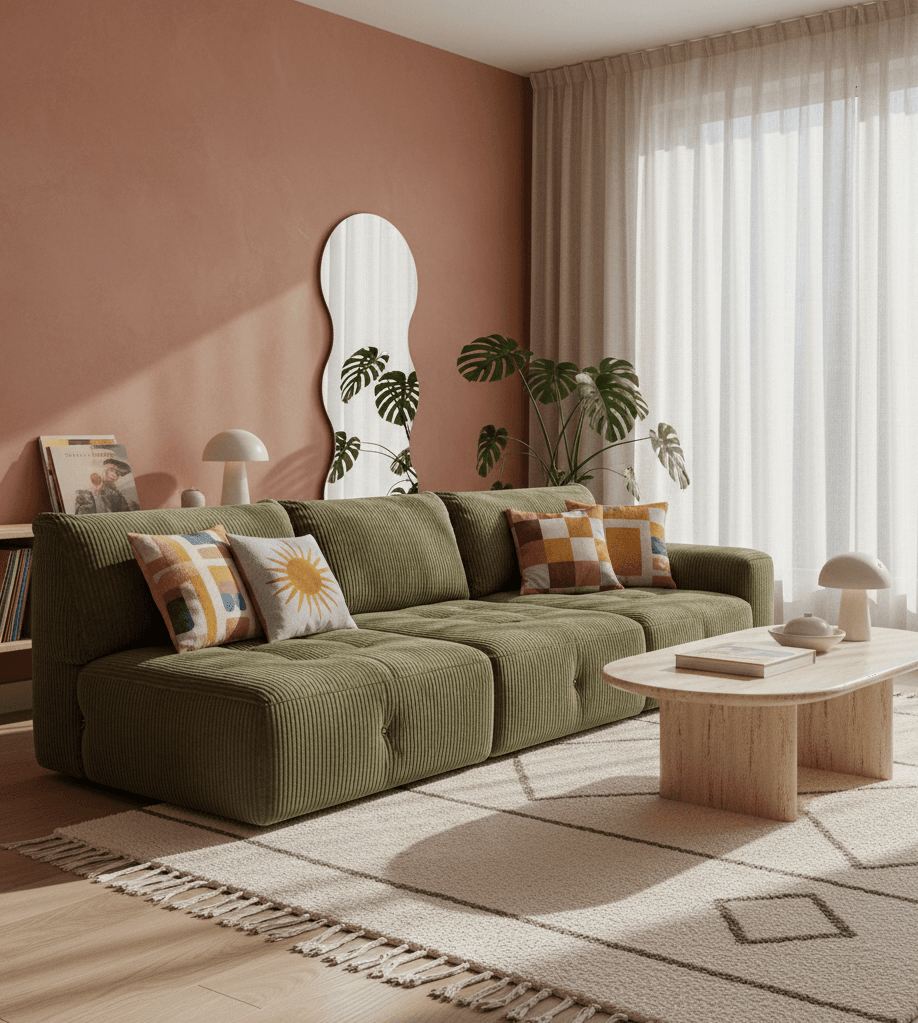
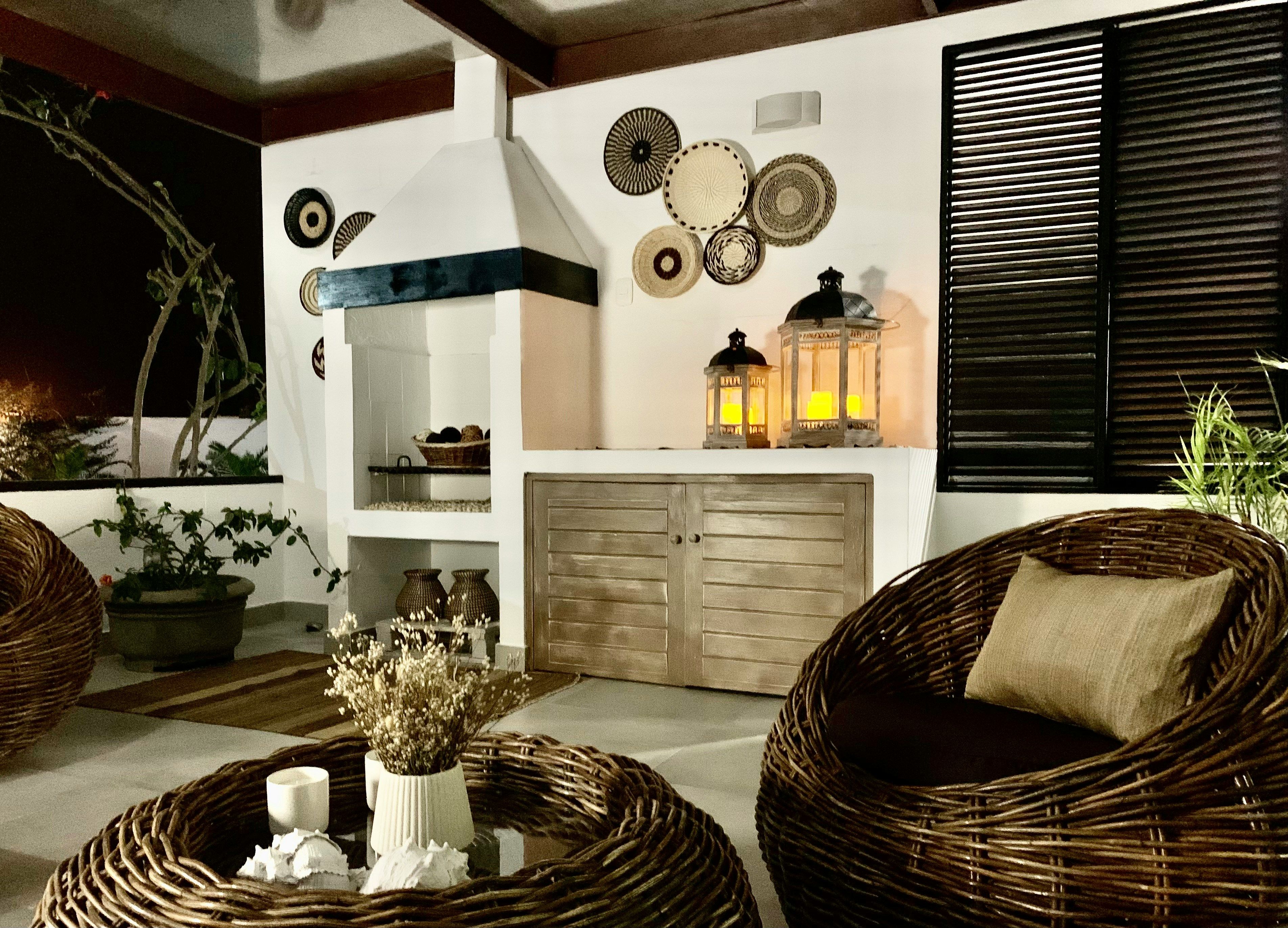


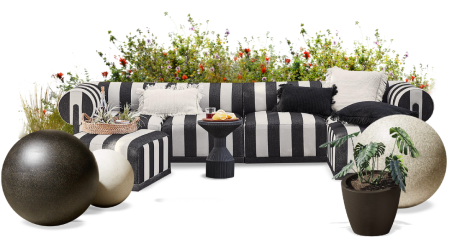
 17h left
17h left


